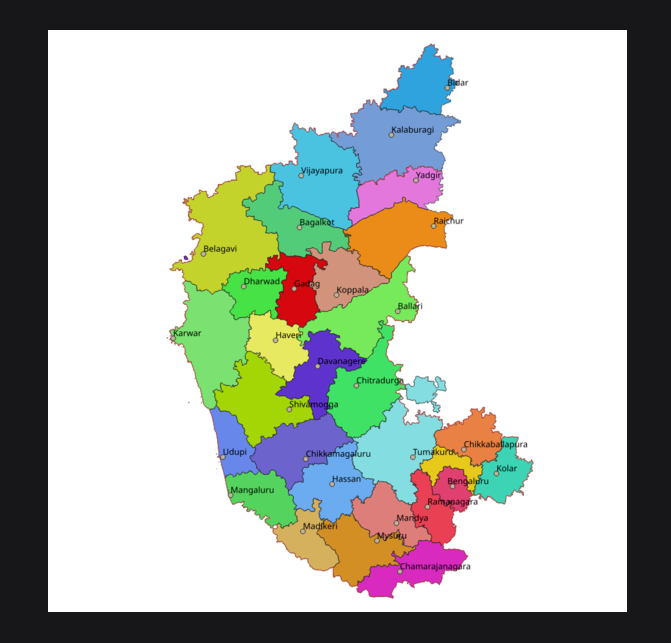The average income in Bengaluru Urban, which continues to be the richest district in the state, was Rs 6.2 lakh in FY22. This is almost 5x higher than the income in in Kalaburagi
Bengaluru, NFAPost: As Karnataka gears up for another round of Assembly elections in May, Business Standard analyses the progress of its districts across various economic and social metrics that brings forth a potentially asymmetrical development trend.
Even though the average income in the state has increased from Rs 1.02 lakh in 2012-13 to Rs 2.66 lakh in 2021-22 (FY22), data shows that the gap in incomes between the state’s richest and poorest districts has widened.
The average income in Bengaluru Urban, which continues to be the richest district in the state, was Rs 6.2 lakh in FY22 (for which data is last available). This is almost 5x higher than the income in Kalaburagi, the poorest district with a per capita income of Rs 1.2 lakh.
Incomes in the richer districts of the state also continue to grow at a faster pace. Per capita income in Bengaluru Urban, Dakshina Kannada, Udupi, Chikkamagaluru, and Bengaluru Rural grew at a compound annual growth rate (CAGR) of 10.18 per cent between 2017-18 and FY22 on average, outpacing growth in incomes in Bidar, Koppal, Raichur, Vijayapura, and Kalaburagi in the same period.
There has been a difference in growth rates, despite the higher base of the richer districts, in the preceding four year period (FY14-18) as well, ahead of the relatively poorer districts.
The districts with lower average incomes also rank low on the Human Development Index (HDI).
The HDI measures a region’s standard of living on parameters of health, education, and income and is expressed in values between 0 and 1. The higher the value the better the state of development in the district.
For instance, Yadgir, where the average income of residents is Rs 1.4 lakh, had an HDI value of 0.54 in 2022, compared to the state average of 0.64.
Bengaluru Urban, on the other hand, scored high on the index with an HDI value of 0.74. Similarly, Dakshina Kannada, Chikkamagaluru and Udupi had a higher HDI value than the state.
A major factor in the outperformance of Bengaluru Urban on various socioeconomic parameters is the dominance of the services sector in the district’s gross domestic product (GDP).
Overall, the state’s economy is propelled by the services sector. While the services segment contributes three-fifths of the GDP of the poll-bound state, it makes up for four-fifths of Bengaluru Urban’s economy. Similarly, the economies of Dharwad, Mysuru, Bidar, and Gadag are also largely driven by the contribution of the services sector.
Agriculture and industry are not predominant in most districts. Agriculture is the mainstay in the economy of the district of Kodagu and industries have a sizeable share in the district of Dakshina Kannada. The sectoral share of agriculture in the state’s economy was just 15.1 per cent, and that of industries was 20.9 per cent in 2021-22.





